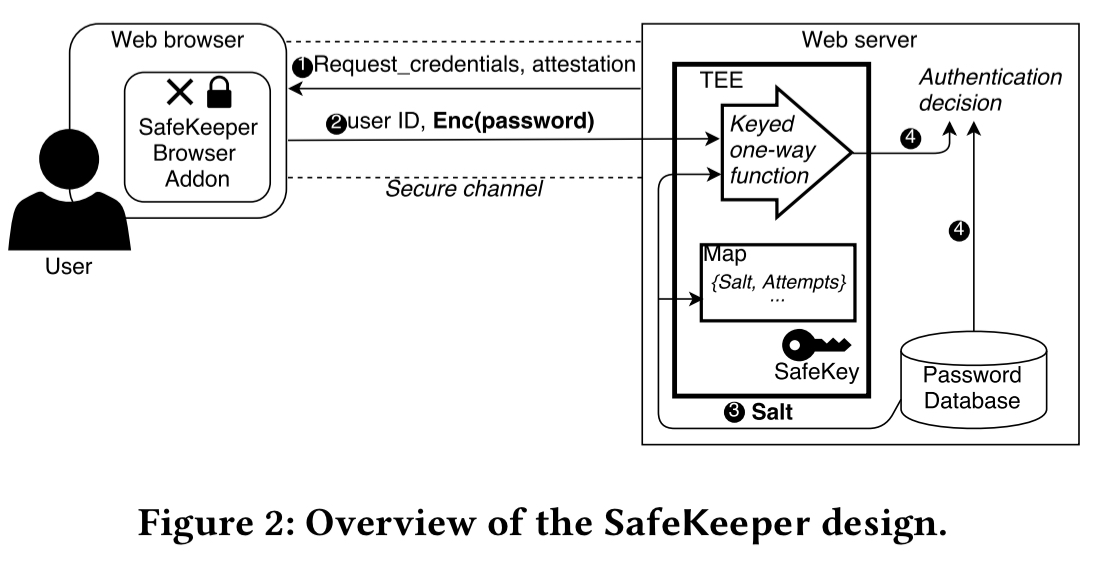Un network di “account sospetti” su twitter, strutturato e con movenze organizzate, ha prodotto una forte spinta artificiale a tre hashtag di propaganda (a volte con contenuti anche di propaganda pesante e di minacce) contro il presidente della Repubblica Sergio Mattarella, nei due giorni più caldi della crisi per la formazione del nuovo governo, di domenica e lunedì scorso. Sono i giorni in cui il Movimento cinque stelle gridava all’impeachment contro Mattarella, anche se gli account di questo network non presentano evidenze riconducibili a un partito ufficiale. Gli account non mostrano neanche segni di interferenza straniera, appaiono piuttosto frutto di farm italiane. La sostanza, comunque inquietante, è che dei network si muovono per attaccare online la presidenza della Repubblica, contribuendo a invelenire e esasperare una situazione politica già molto difficile.
È quanto emerge da un report di due informatici, Andrea Stroppa e Danny di Stefano, che hanno utilizzato un algoritmo per individuare la propaganda digitale (da loro già impiegato - quasi identico - durante il World Economic Forum di Davos 2018) per analizzare tre hashtag: #mattarelladimettiti, #impeachment e #impeachmentmattarella. L’analisi ha individuato 360 account. È stata condotta dal 27 maggio (alle ore 21.50) al giorno successivo (alle 14.30). «Non parliamo di bot o troll - scrivono gli autori - ma di “account sospetti”: questo perché in uno scenario così altamente complesso, indicare un account come bot o troll è difficilmente dimostrabile, in particolar modo in un ecosistema di propaganda digitale molto discusso». La ragione principale è semplice: «Se indichiamo l’account @marioRossi232323 come bot, perché le sue caratteristiche del profilo e i suoi contenuti o azioni dimostrano automazioni, chi gestisce il presunto bot, un essere umano, potrebbe prenderne il controllo all’istante e iniziare a usarlo in prima persona, provando quindi a dimostrare l’infondatezza di una ricerca». Account generati da un software possono poi tranquillamente “animarsi”, ossia essere operati da umani.
Sono stati quindi usati quattro criteri in questa analisi, confermata alla Stampa anche da una terza parte: composizione del nickname e caratteristiche del profilo, proporzione (ratio) tra following e followers, argomenti trattati, analisi di network. Per esempio, un account normale di solito tende ad avere più follower rispetto ai following, o almeno non in modo sproporzionato. Il report dunque considera solo gli account che, per ogni follower, hanno invece seguìto almeno 5 persone. Le conclusioni a cui arrivano i due informatici sono queste: è stata in corso contro la presidenza della Repubblica «una azione coordinata di digital propaganda, ben studiata in modo da potersi agevolmente nascondersi in mezzo agli account legittimi. Non ci sono evidenze che questi account appartengano ufficialmente a partiti politici come Lega Nord e M5S». Né che la campagna provenga dall’estero. «È però allo stesso modo evidente che in Italia esiste una rete in grado di manipolare eventi politici e sociali, con capacità di poter amplificare fenomeni e farli diventare virali».
L’analisi non si sofferma volutamente su «account importanti» (il numeor di follower di per sé non dice granché, sono molto più interessanti il network, e eventualmente i livelli e il tipo di engagement), ma su quella che è - diciamo così - la loro «base sottostante» di piccoli account sospetti. Da questo punto di vista, le disinfo ops o le ops di black propaganda stanno lievemente mutando forma, nell’ultima stagione, almeno in Italia, cercando di polverizzarsi e mimetizzarsi il più possibile con account naturali dei social. Eviteremo quindi di citare gli account del report Stroppa-Di Stefano, ma solo alcuni dei loro contenuti, che vanno dalla satira pesante («Mattarella ha un würstel al posto del cuore #impeachment») all’insulto («traditore della patria» è il più tenue) o alla violenza verbale («Così #Mattarella butta nel cesso il voto di 15 milioni di italiani. Perché secondo lui la sovranità in Italia appartiene alla #UE e alla #Merkel e non al popolo italiano»), alla minaccia («Don’t Fear The Reaper» - «non temere la Grande Mietitrice», cioè la morte, e sotto, una foto di Mattarella in camice ospedaliero e la scritta «do not intubate do not reanimate»). Inutile procedere oltre, era solo per dare una vaga idea. Augurano o minacciano di morte Mattarella.
Il punto centrale - bisogna ripeterlo - è che secondo i due informatici si tratta di un preciso network: il sample analizzato è relativamente piccolo, ma potrebbe essere più largo (i criteri per l’inclusione sono stati molto selettivi, spiegano gli autori). Molti account del network sono sotto «limitazione temporanea» da parte di twitter, o subiscono restrizioni: segno che sono stati oggetti di ripetute segnalazioni, o sono sotto l’attenzone della cybersecurity dell’azienda. Altri presentano, anche a prima vista, una congiunzione di interessi politici che è poi alla base di alleanze reali attuali, tra sovranismo, ultranazionalismo, tematiche sociali (nazionali e sociali), temi anti-establishment. Una politica parallela è insomma pronta a essere scatenata e rialzata, se davvero si andasse al voto bisognerà tener d’occhio le reti, dove contenuti sovranisti, fortemente nazionalista e anticasta si sono sposati ormai da tre anni, e invocano con modi brutali la rivoluzione legastellata.
Read the full article here by LASTAMPA.it





















































